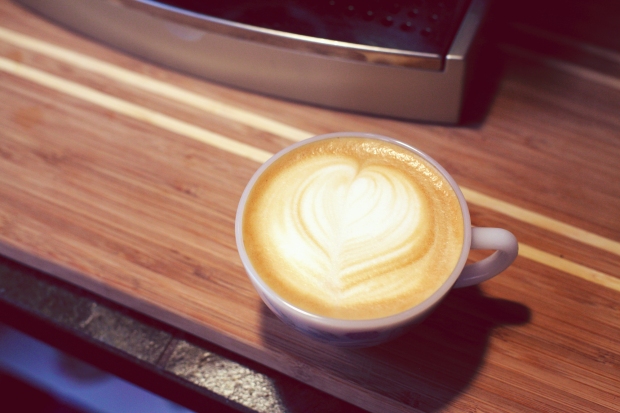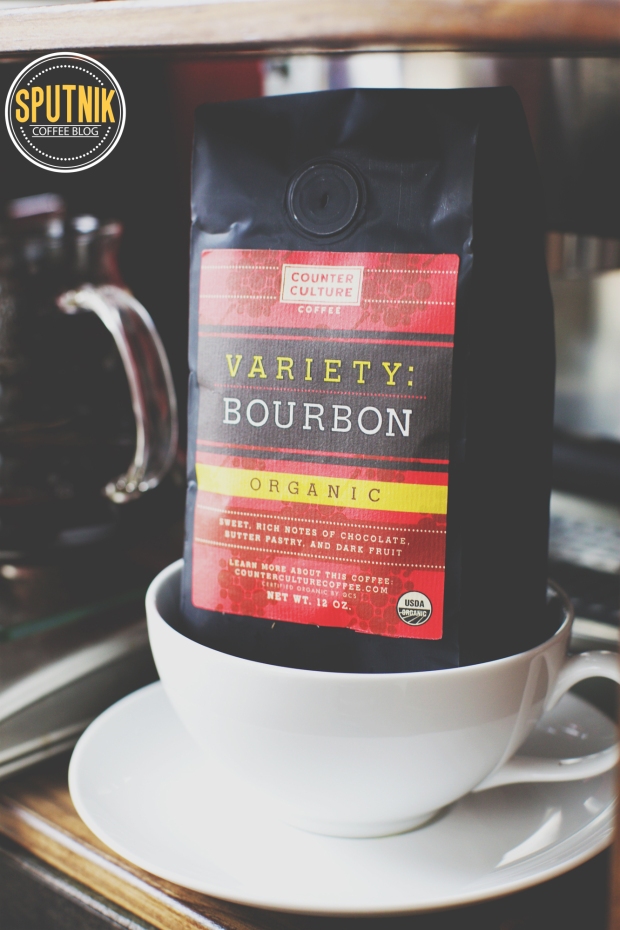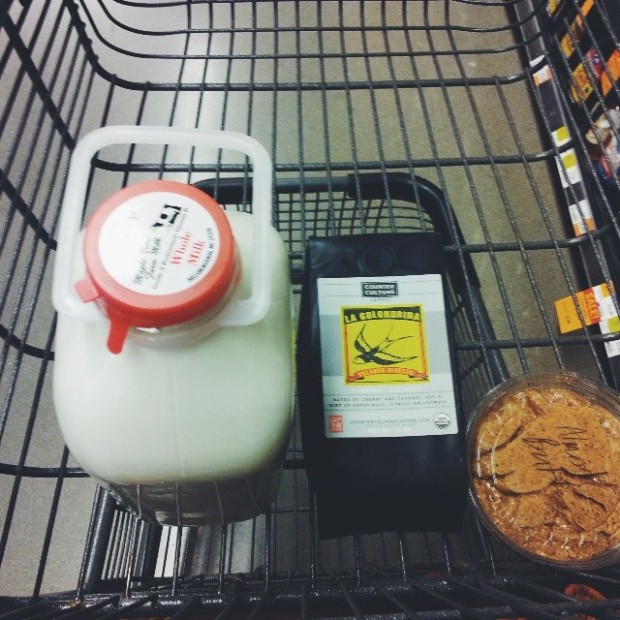Uncategorized

An Update.
So, we haven’t really been able to work on espresso drinks because the non-pressurized basket for the crappy De’Longhi machine is still on backorder at Seattle Coffee Gear until sometime in April. Meanwhile, we’ve just been practicing a little latte art here and there. We’re really happy to get some great feedback from friends and family. We’re especially flattered to have requests to try our coffee! Hopefully, that can happen as soon as we get the new basket and get everything calibrated. I’m really excited, and at the same time curious, even dubious, as to whether the De’longhi will be able to perform. Its like expecting a Honda Civic to compete in a race amongst Ferraris.
I was going to post a latte art video today since its Thursday but decided to do something different and a lot better. Expect a longer video next week!
Meanwhile, we’re loving this milk from Maple View Farms and trying out the Bourbon variety and La Golondrina. We’re still catching up on all the new coffees from CC. Happy weekend!

Regarding the Palette
photo by cafefonte.com
My great-great grandfather witnessed the bloody Chinese revolution and overthrow of the Qing dynasty. Such a victory was a huge step forward for China, but he was still skeptical and ended up basically saying, “to hell with it” and left China. Rightfully so, since the following decades were wrought with conflict, poverty and bloodshed. As a simple farmer, he didn’t really understand politics. All he wanted was the means to a peaceful way of life. He traveled south, fell in love with the rich, fertile lands of Cambodia and never looked back. There is a saying that is passed down through our family that originated from that wise farmer. “You’re never truly rich unless you know how to eat and drink well.”
So, my family is Chinese by blood, but our heritage is deeply rooted in Southeast Asia. My parents were born and raised in Cambodia, but their period of peace and relatively easy living was forcibly ended by Pol Pot and his regime of genocide. Fleeing with just the clothes on their back, they found themselves in a refugee camp in Vietnam. Shortly after, they gave birth to my brother and I.
Coffee was introduced to Vietnam in the 19th Century as a by-product of French colonialism. French coffee is characterized by a very dark roast, creating an intense smokey and bitter flavor. At the time, milk was at a premium (if you could find it) and refrigeration was a luxury, so the Vietnamese started using condensed milk. It didn’t require refrigeration and it was the perfect compliment to such a dark, bitter, and intense coffee.
Coffee in our family has always been REALLY DARK and NEVER, EVER ACIDIC. In fact, when my mom first tasted Counter Culture’s Ikawa Rwanda, she gave me the same face a toddler would give if you fed them a lemon. She was clearly over-exagerating. Its just that since she’s had the same Cafe du Monde and Starbucks dark roast style of coffee her whole life, she associated acidity to something being rancid.
It wasn’t until less than two years ago that I’ve journeyed out of my comfort zone and started tasted a wider array of artisanal single origin coffee and coffee blends. I guess when you really love coffee, you want to embrace all different types of coffee, just as one would embrace all sides of a loved one. I loved going to local coffee shops such as Jubala and Sola, drinking amazingly crafted coffee accompanied by a book (usually Murakami) and soaking in the coffee shop culture. At one point though, I started to make crappy coffee at home because I was just so sick of getting my daily, routine stomach aches. Maybe I was depressed. I do remember the coffee that got me out of my rut, Counter Culture Ikawa Burundi. Shortly after, my stomach aches were gone.
It takes time, but don’t force it.
I’m no connoisseur, but from personal experience, I’ve learned that it takes time to embrace different tastes, especially bitterness. Jimmy and I both had times in our lives where we hated eating bitter melon! Why, I would wonder, would people want to eat something so bitter? But was we got older and our attitudes changed, we’ve discovered that bitter melon is one of our favorite foods.
A natural progression also occurs when developing a palette for craft beer. When first introduced, one may start off with a belgian white or a hefeweizen. While heavy, they aren’t harsh to the palette and are quite sweet, citrusy, and delicious. It draws the unsuspecting novice in. From there, you would probably make your way through brown ales, porters, stouts, and then onto the almighty IPA. Bright, floral notes and refreshing, almost grapefruit-like tartness keep you hooked. Once you’ve reached this point, you’re done for. You’ve descended into the depths of beer-snobbery. You’ve tested the waters, now come on in. The water’s fine.
Bitterness gives complexity. Acidity brings brightness. I don’t prefer one over the other and I’m not suggesting they they are on opposite sides of the spectrum. When searching for good coffee, I look for whatever is the most balanced.
Professional Advice
I’m a huge fan of Erin Meister from Counter Culture Coffee. In Tastebud Training: How To Become A Better Coffee Taster, Miester gives several important tips:
1. Sip Before Sugar
To many people, coffee is a seemingly overpowering flavor, with strong bitterness or smokiness that can seem harshly unapproachable at first. That’s often our first reaction to things like beer, wine, and fine liquors, too—until, that is, we develop a taste for them… Nobody ever developed their taste for beer by dumping sugar in it, and neither will you for coffee by doing the same. -Erin Meister
2. Practice Makes Perfect
3. The Nose Knows
4. Compare and Contrast
5. Quit Smoking
For the whole article, click here.
An exciting journey..
A whole world of coffee is out there, spanning regions all over the globe. Think about how many hands have touched your coffee. All of the people that have affected it and the people it has affected. Take a moment to consider the forces at work that get those beans from that farm in Rwanda to your kitchen counter. From a handful of green coffee beans to that rich, caramel-colored crema. You are the end of the line, the final stop. How those beans conclude their journey is determined by you. You are the author of the finale, the director of the swan song. Make it memorable.


